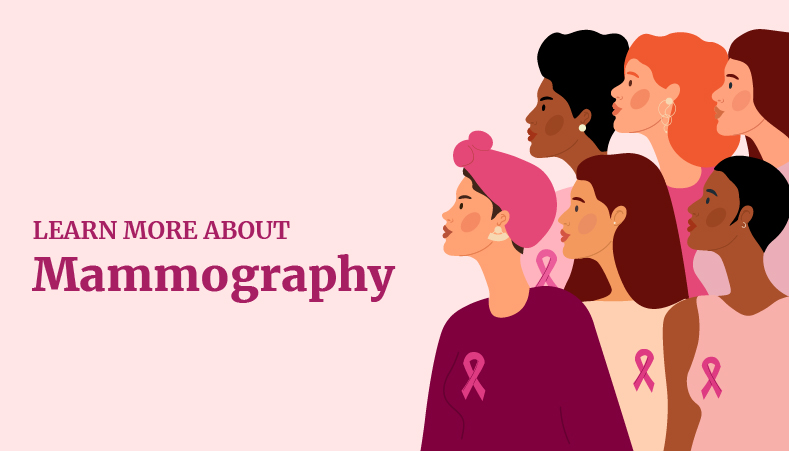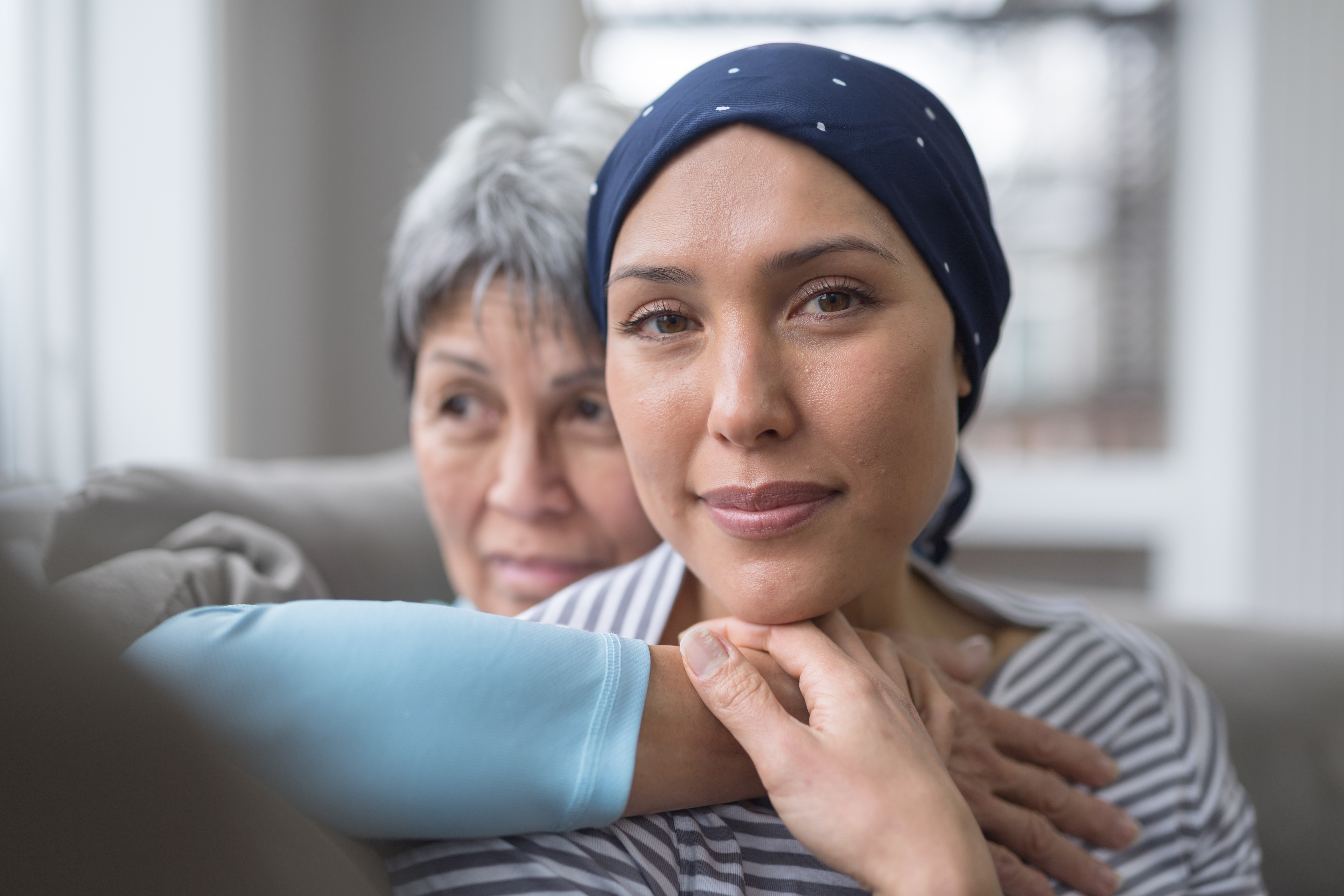Knowledge and News on Women: OWH Blog
From the FDA Office of Women's Health

Learn More About Mammography During Breast Cancer Awareness Month
October is Breast Cancer Awareness Month and FDA’s Office of Women’s Health (OWH) is encouraging all women to learn more about mammograms. Mammograms are an important tool that can help find breast cancer in its early stages. Each year in the U.S., about 240,000 women are diagnosed with breast cancer and about 42,000 women will die from it. In fact, breast cancer is the second-most common cancer affecting women in the United States.
You can take action this month by learning the facts about mammography, sharing this blog with others, and talking with your health care provider about your mammogram questions and the best choice for you. October 20 is National Mammography Day. Take the time now to schedule your routine mammogram or encourage someone you love to schedule theirs.
What is breast cancer?
Breast cancer is a disease in which cells in the breasts grow out of control. There are different kinds of breast cancer. The disease can occur in both women and men. However, the disease affects women about 100 times more often than men. Differences in genetics, hormones, environmental exposures, and other factors can lead to differences in risk among different groups of people.
Did you know that breast cancer is the leading cause of cancer death among Hispanic women? Or that Black women have a higher rate of death from breast cancer than all other women?
Most cases of the disease are found in women aged 50 and older. However, breast cancer can affect younger women too. About nine percent of new breast cancer cases in the United States are found in women younger than age 45.
Signs and symptoms of breast cancer
Symptoms of breast cancer can vary, and some women may not have any signs at all. The best way to manage your risk of breast cancer is by getting a routine mammogram. Speak with your health care provider if you notice any of the following in either of your breasts:
- Lump in the breast or underarm (armpit)
- Swelling or thickening of all or part of the breast
- Dimpling or skin irritation of breast skin
- Redness, scaliness, or thickening of the nipple or breast skin
- Nipple discharge (other than breast milk)
- Any change in the size or shape of the breast
- Pain in any area of the breast
What is a mammogram?
A mammogram is a low-dose x-ray picture of the breast used to screen for breast cancer. This tool can detect breast lumps or other signs that can be missed in an exam. Mammograms cannot find all breast problems, but they are the best primary way to screen for breast cancer. Talk with your health care provider to find out if you should get a mammogram, and how often.
Dense breast tissue and what it may mean for you
Breast density refers to the amounts of the different types of tissue found in the breast. These tissue types can be seen in a mammogram image. It is common for women to have dense breasts; at least half of women aged 40 and older have dense breasts.
Dense breasts are a risk factor for breast cancer. It is important to know if you have dense breasts; they can make it harder to detect breast cancer. Dense breast tissue cannot be felt by a woman or her health care provider during a breast exam. Only a radiologist looking at a mammogram can tell if a woman has dense breasts.
This year, the FDA updated its mammography regulations. After providing mammograms, facilities must now:
-
Inform patients if they have dense breasts, and
-
Recommend to women to discuss their breast density and risk for breast cancer with their health care provider.
Spread the word about mammograms
Take time this month to share resources from FDA OWH with women in your community and family. Resources include the Pink Ribbon Guide, mammography webpage (en Español), and our new Mammography Social Media Toolkit. These resources can help increase awareness about breast cancer and the importance of mammograms.
Remember to talk with your health care provider about getting your mammogram. You can also encourage your loved ones to do the same. Together, we can raise awareness about breast cancer and help save lives.
FDA OWH works to protect and advance the health of women through policy, science, and outreach. As part of our mission, FDA OWH funds breast cancer and mammography research.
Additional resources:
For resources and materials on other women's health topics, visit www.fda.gov/womens.
Past KNOWH Blog Posts
Paragraph Header
FDA Office of Women's Health
Office of Women's Health
10903 New Hampshire Ave WO32-2333
Silver Spring, MD 20993



